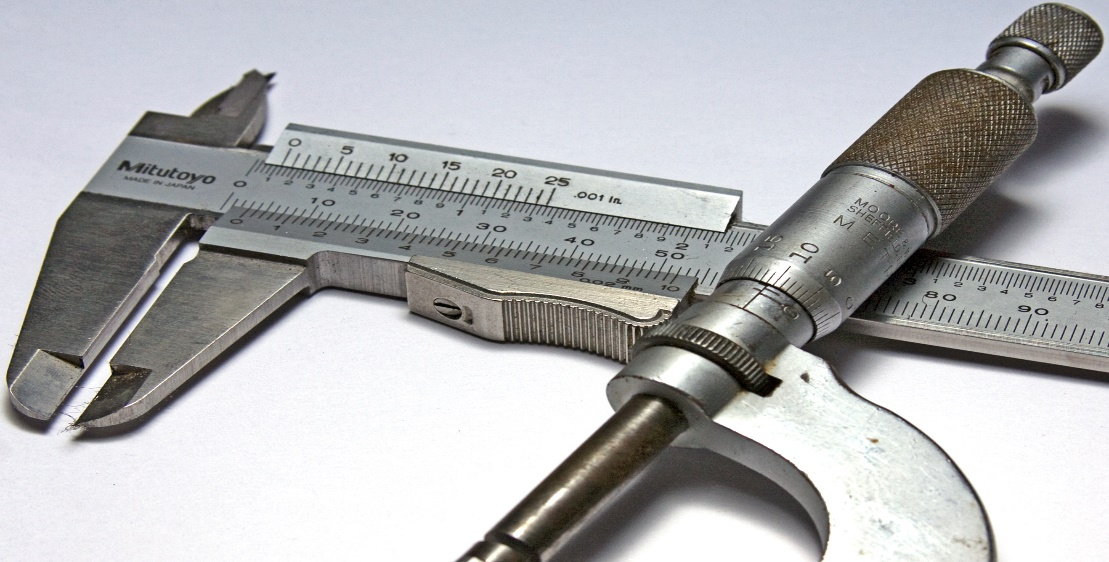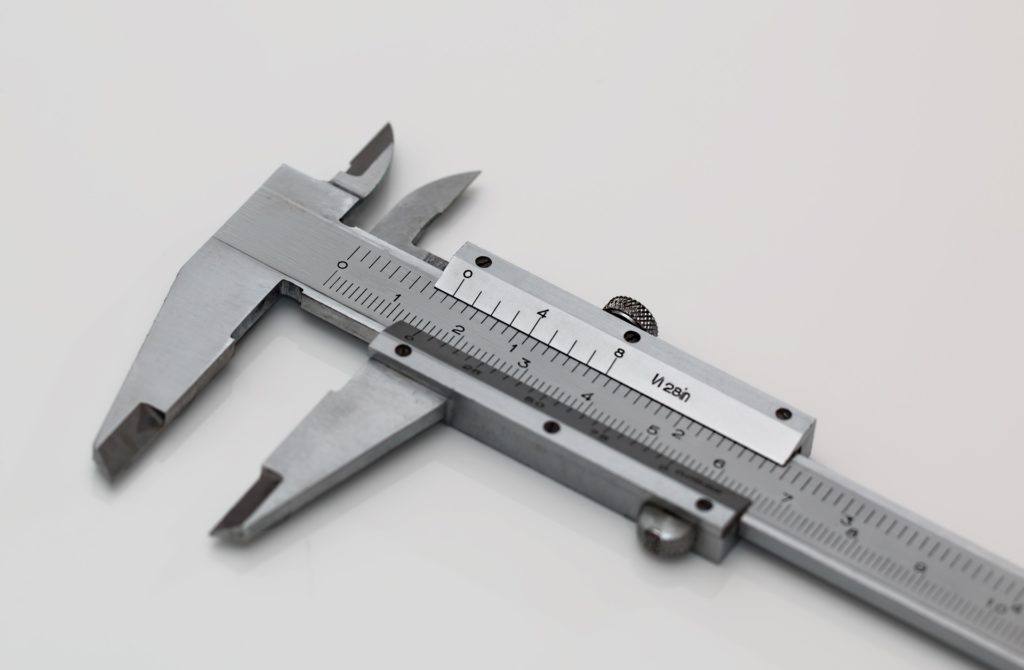FEIKEN Bearing will explain further in detail on how to measure the bearing size by using a vernier calliper. The vernier calliper can easily provide an accurate measurement for inner and outer bearing sizes.
- First, measure the inner diameter of the bearing by placing the calliper’s outer anvils into the inner ring. Check whether its only fitting is from edge to edge and not too tight or putting extreme pressure on the bearing.
- Place the bearing in the calliper jaws and measure the outside diameter until it fits precisely.
- Alternatively, both inner and outer can be measured using a ruler from one inner/outer edge to the other.
-
Follow the previous procedure for the bearing’s width.
- Lastly, check the bearing series code on the bearing size chart based on the measurement attained.



 Philippines
Philippines